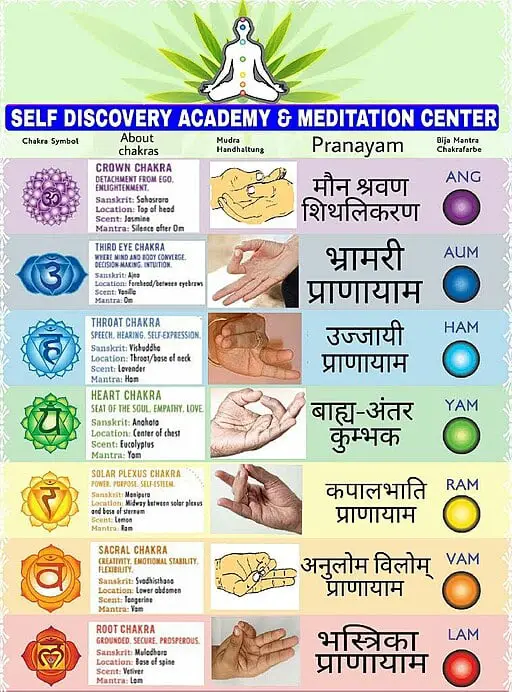Pranayama Yoga, also known as yogic breathing
It is the practice of controlling and regulating the breath. It is one of the eight limbs of yoga, and it is believed to be a powerful tool for physical, mental, and spiritual well-being.
The word “pranayama” comes from the Sanskrit words “prana” (breath) and “yama” (control). Prana is also considered to be life force energy, so it is a way to control and harness this energy for our benefit.
There are many different pranayama techniques, each with its own unique effects. Some techniques are energizing and stimulating, while others are calming and relaxing. Some techniques are also thought to have specific healing benefits.
Some popular pranayama techniques include:
- Nadi Shodhana (Alternate Nostril Breathing): This technique involves alternating between breathing in through one nostril and out the other. It is thought to be balancing and calming for the mind.
- Kapalabhati (Skull Shining Breath): This technique involves rapid exhalations through the nose, with the mouth closed. It is thought to be energizing and detoxifying.
- Bhramari (Bee Breath): This technique involves making a humming sound on the exhale. It is thought to be calming and relaxing for the nervous system.
Can be practiced on its own, or it can be combined with other yoga practices, such as asanas (yoga postures) and meditation.
Benefits of Pranayama
Pranayama has been shown to have a wide range of benefits, including:
- Reduces stress and anxiety
- Improves sleep quality
- Boosts energy levels
- Strengthens the lungs and respiratory system
- Improves cardiovascular health
- Reduces blood pressure
- Enhances cognitive function
- Improves mood and emotional well-being
- Promotes spiritual growth
How to Practice Pranayama
If you are new to this, it is important to start slowly and gradually increase the duration and intensity of your practice over time. It is also important to find a comfortable and quiet place to practice where you will not be disturbed.
To begin, sit in a comfortable position with your spine straight. Close your eyes and take a few deep breaths. Once you are relaxed, start to practice the pranayama technique of your choice.
Be sure to focus on your breath and to keep your breath smooth and even. If you find yourself becoming dizzy or uncomfortable, stop the practice and rest.
It is also important to practice on an empty stomach, so it is best to practice in the morning before eating or in the evening after dinner has settled.
If you have any health concerns, be sure to talk to your doctor before starting a pranayama practice.
Watch the 15 Minutes Pranayama Practise
Image credit
Infinite Yoga At Home, CC BY-SA 4.0, via Wikimedia Commons
